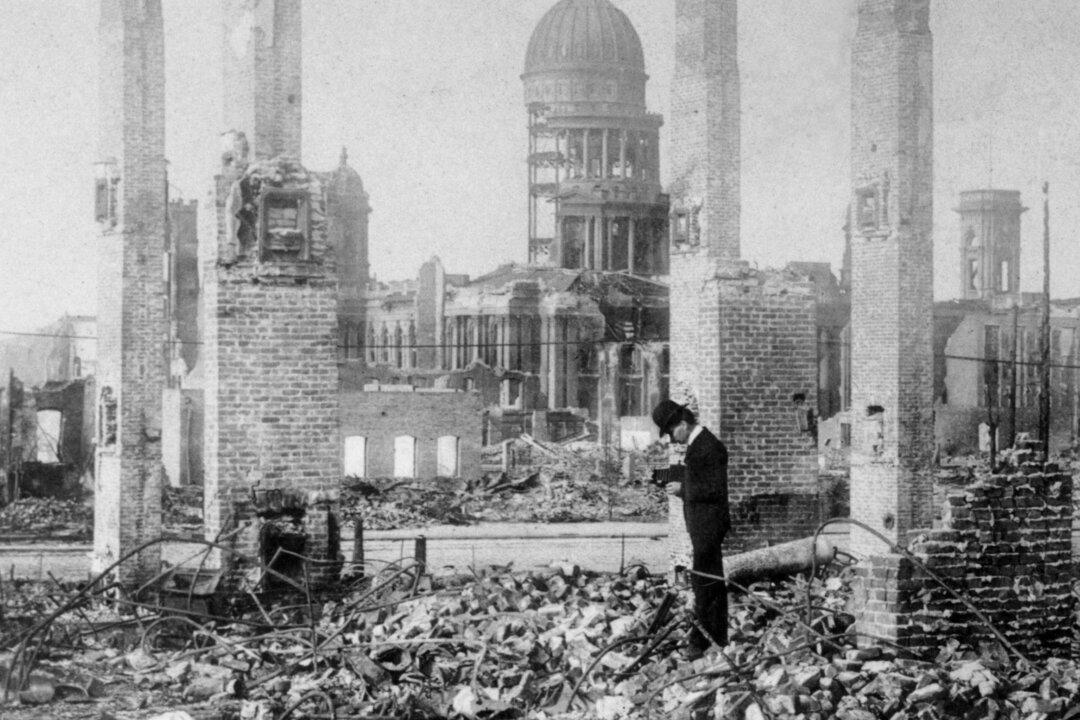Commentary
The city of San Francisco has been in the news a lot lately, but not for anything good. The homelessness plague, rise in violent crime, and oppressive restrictions are keeping tourists away and sending businesses fleeing from the city in droves. The once-great city’s sad fate is of interest to Southern Californians, since the rest of our state is headed in the same direction, particularly Los Angeles.





